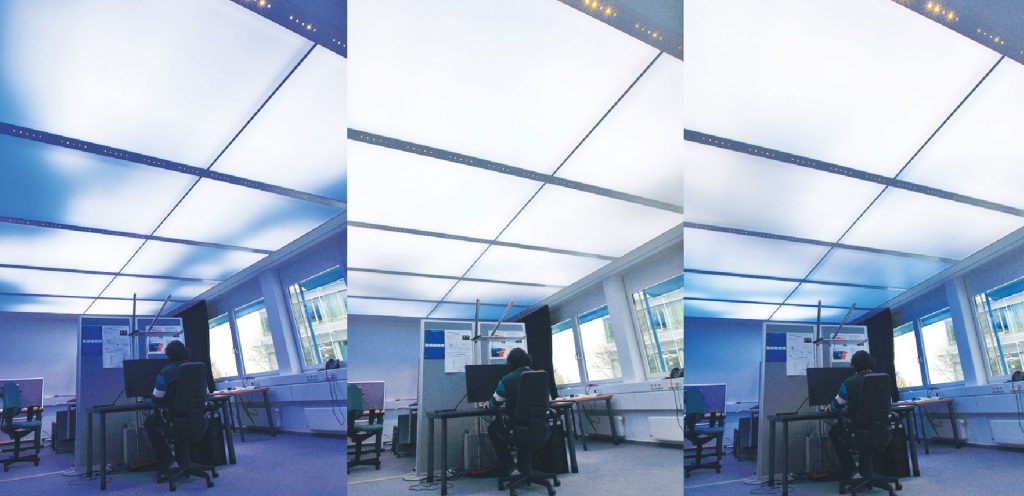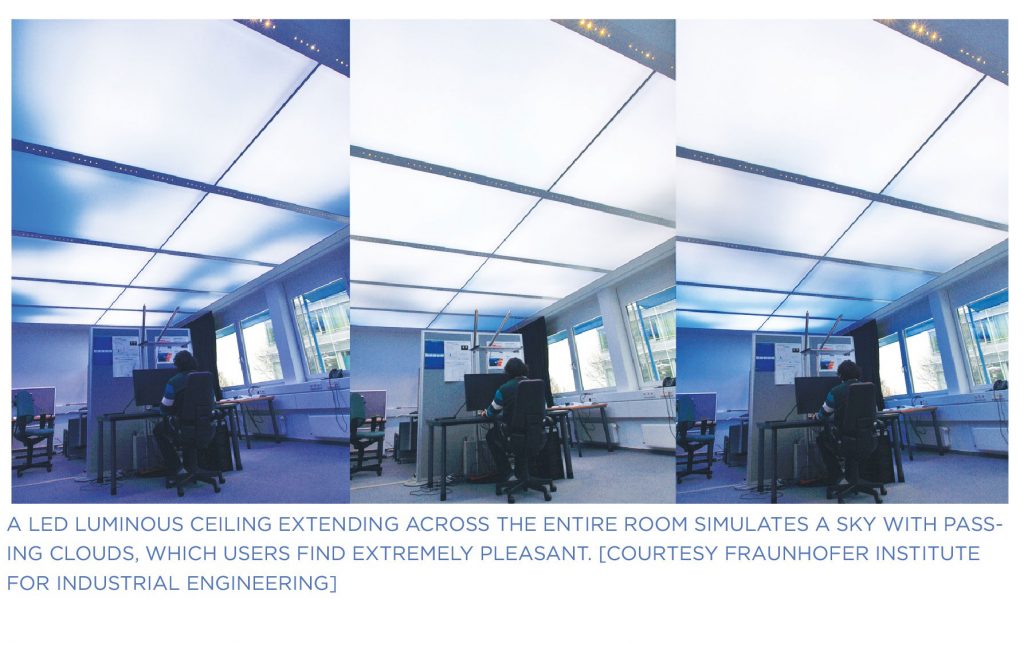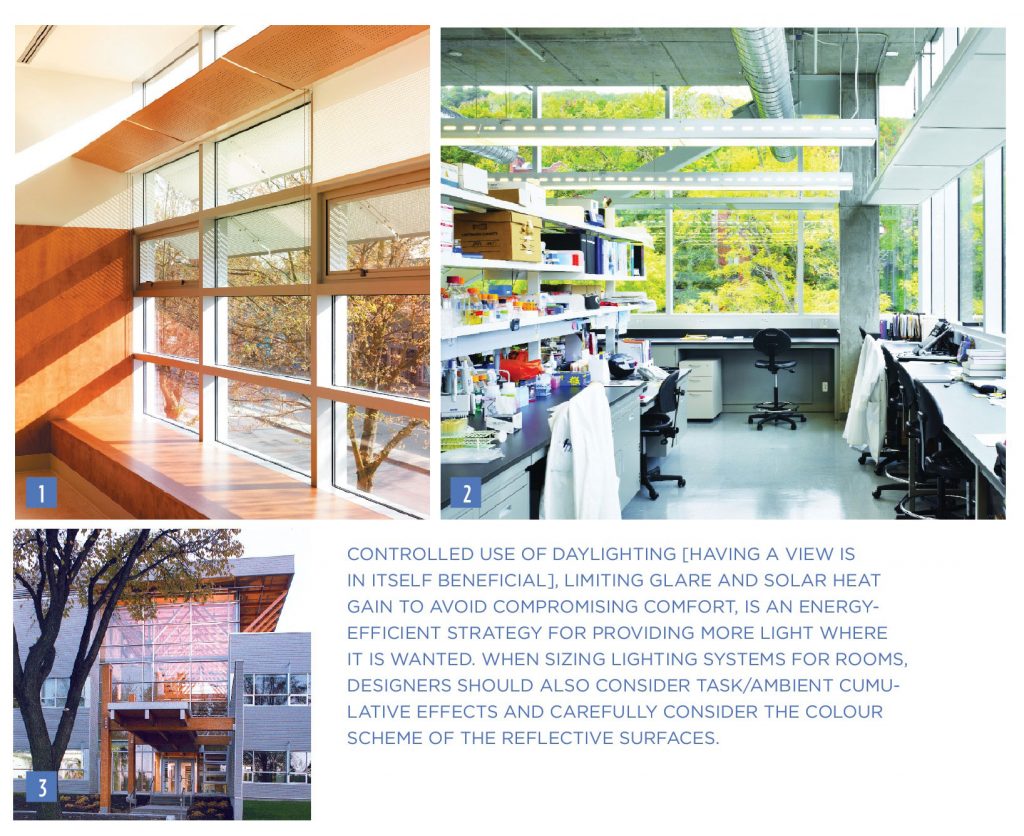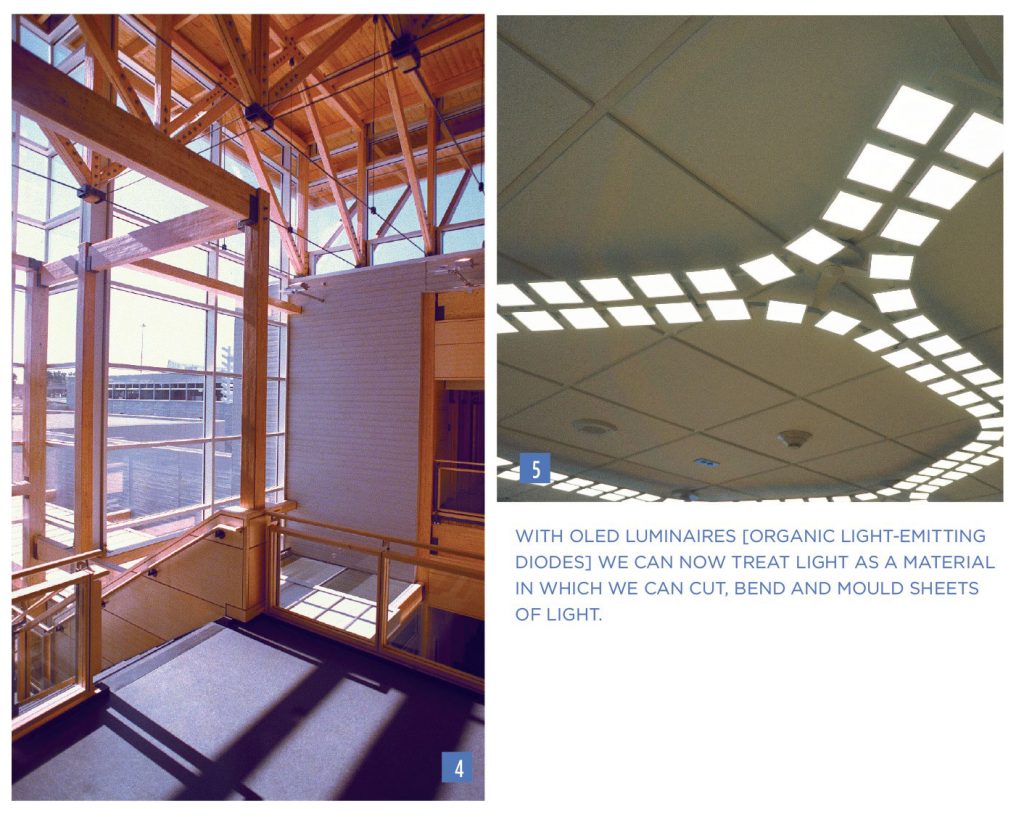Lighting for humans, not for lumens
In today’s world, the economic engines of modern society run ceaselessly. Globalisation is twisting time zones, internet and satellite communications have virtually eliminated distances pushing economies around the world into a state of perpetual motion. As a consequence, many workers have to adopt the same functional patterns. However, these employees cannot perform like machines constantly over the 24-hour day; rather their productivity, alertness, and mental performance diminishes on the night shift.
By Cristian Suvagau
In today’s world, the economic engines of modern society run ceaselessly. Globalisation is twisting time zones, internet and satellite communications have virtually eliminated distances pushing economies around the world into a state of perpetual motion. As a consequence, many workers have to adopt the same functional patterns. However, these employees cannot perform like machines constantly over the 24-hour day; rather their productivity, alertness, and mental performance diminishes on the night shift.
For thousands of years, humans have awakened with the sun and slept at night. It has only been during the past century that we have broken with the dictates of nature. Artificial light, one of the most transformative of all human inventions, is the key factor. However, even this technology is reaching its limits when human activity patterns are becoming too “artificial”:
• In western societies, people spend up to 90% of time indoors
• We are destined to be a 24-hour society even though human physiology intends us to be awake during the day and asleep during the night.
• In North America, up to 25 million people work irregular shifts, with the majority forced to work through the night shift.
• Lighting design in buildings addresses mostly the horizontal illumination levels and not the qualitative factors that define the well-being of the occupants: visual comfort, aesthetics, productivity and communication, energy efficiency, architecture integration, etc.
The physiology of sight and the psychological impacts of lighting have been the subject of much study and discussion for years. Defining light as “lumen output” and measuring it as “foot candles” [or “lux”] on a work plane have been the traditional ways of determining how much light is required to perform a variety of tasks. However, that narrow definition is being re-examined based on results of studies on visual performance and the psychological impacts of lighting. Additionally, the “colour rendering index” [CRI] and correlated colour temperature [CCT] describe the quality of the light [relating to how true colours appear compared to under a noon north sky on a clear day].
Cristian Suvagau, PhD, PEng, LC, CEM is Team Lead with BC Hydro Power Smart Engineering





